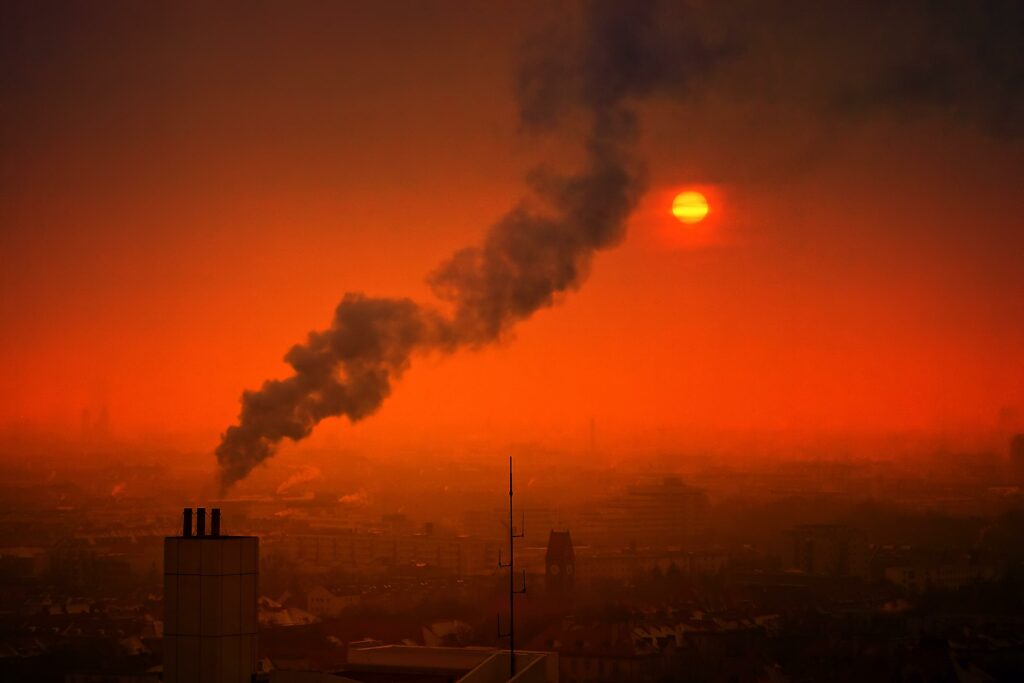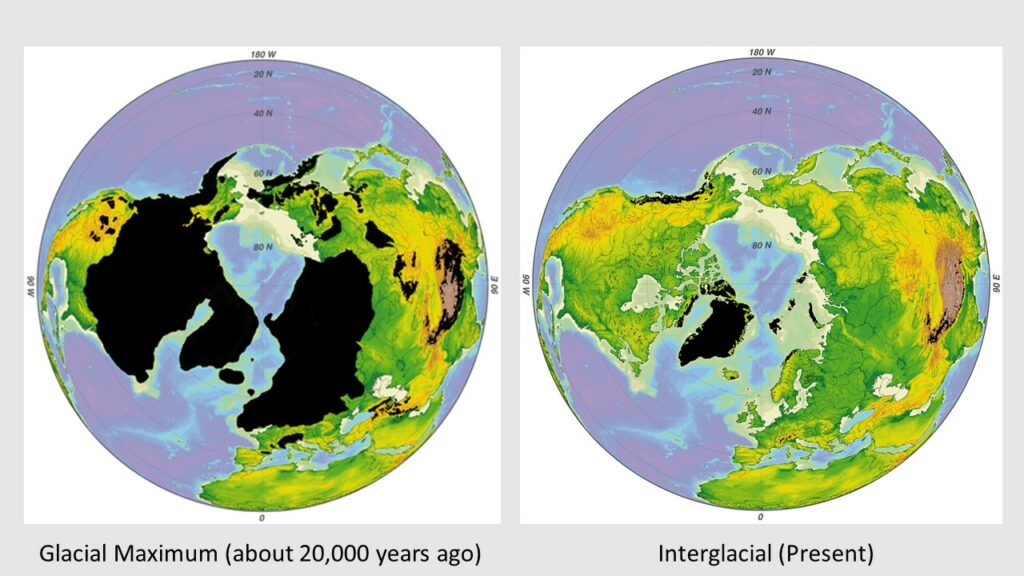David P. Turner / August 9, 2025

Credit: NASA/JPL-Caltech
The Trump administration recently directed NASA to draw up plans to terminate the Orbital Carbon Observatory (OCO) missions. The move is consistent with a general trend in this administration to defund science efforts related to climate change. Since the OCO missions aim to understand spatial and temporal patterns in carbon (CO2) exchange between Earth’s surface and the atmosphere – and CO2 is a greenhouse gas – the OCO missions are in the administration’s crosshairs.
The key sensor on an OCO platform (either a satellite or the International Space Station) is a spectrometer that records reflected sunlight in specific narrow wavebands. That information is used to estimate the abundance of CO2 in a column of air extending from the surface to the top of the atmosphere. These data are used in a process called inverse flux modeling to infer sources and sinks of CO2 on Earth’s surface.
Inverse modeling is a mathematician’s dream. For the inversion, a simulation model of the atmosphere is constructed by partitioning the atmosphere into a massive number of cells. The circulation of the atmosphere is then simulated, and in each time step, energy and mass (including CO2) are passed among the cells. The model starts out with rough estimates of these fluxes, then uses the observations of actual CO2 concentrations observed by the OCO sensor to gradually refine the initial (“prior”) flux estimates.
Of particular interest are regional estimates for 1) fossil fuel emissions, and 2) carbon uptake by the biosphere. The fossil fuel emissions estimates are especially relevant to verifying the Paris Accord reporting by each nation of their carbon emissions. The estimates of biosphere carbon sinks can help with land use management to maximize carbon uptake, hence offsetting fossil fuel emissions. Inversion-based flux estimates can also be used to validate the Earth system models that project long-term impacts of the technosphere and the biosphere on the global carbon cycle.
An additional capability of the OCO spectrometer is to monitor fluorescence emissions associated with photosynthesis. These data are inputs to simulation models of global plant productivity (gross primary production), and have helped establish that global plant productivity is increasing.
The engineering and modeling that came together in the OCO missions represent an extraordinary accomplishment. The operational lifetime of these instruments would normally extend for many years. The sheer waste of purposely sending the OCO-2 satellite to burn up in the atmosphere is mind boggling. It would be a sad day indeed for Earth System Science if that were to happen. Congress still officially has a say, and perhaps it will reassume its responsibilities and prevent this travesty.
We are living in the Anthropocene era: humanity (the technosphere) is clearly impacting all aspects of the Earth system, including the atmosphere, biosphere, hydrosphere, and cryosphere. We have the capability and a responsibility to monitor and manage those human impacts.
Deliberately blinding scientists, prognosticators, and politicians to global scale carbon dynamics does not bode well for the human prospect on Earth.







